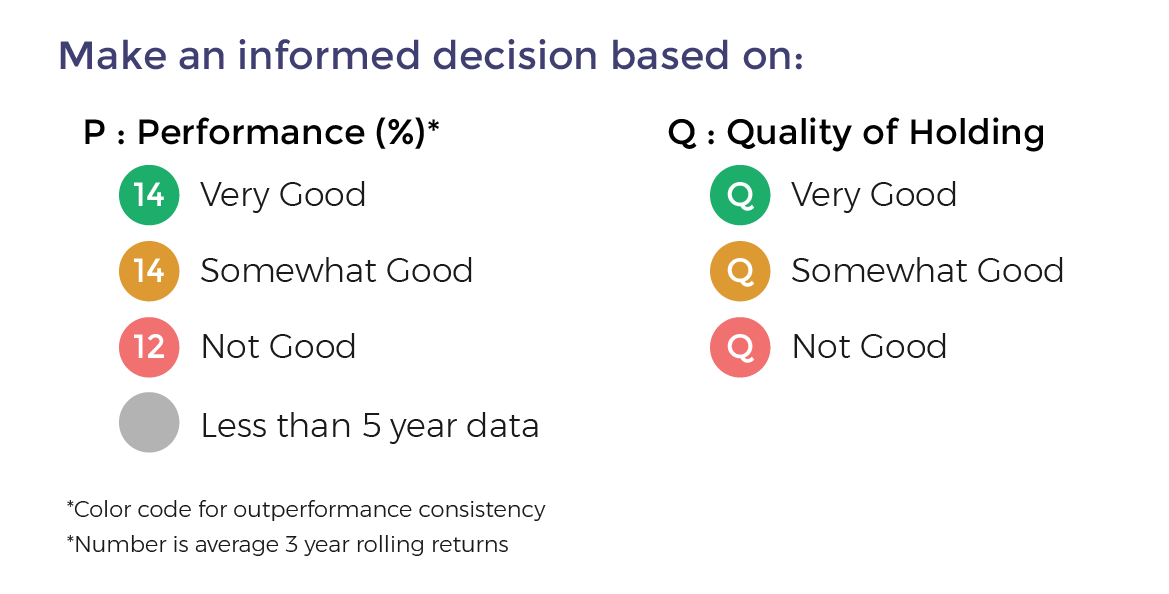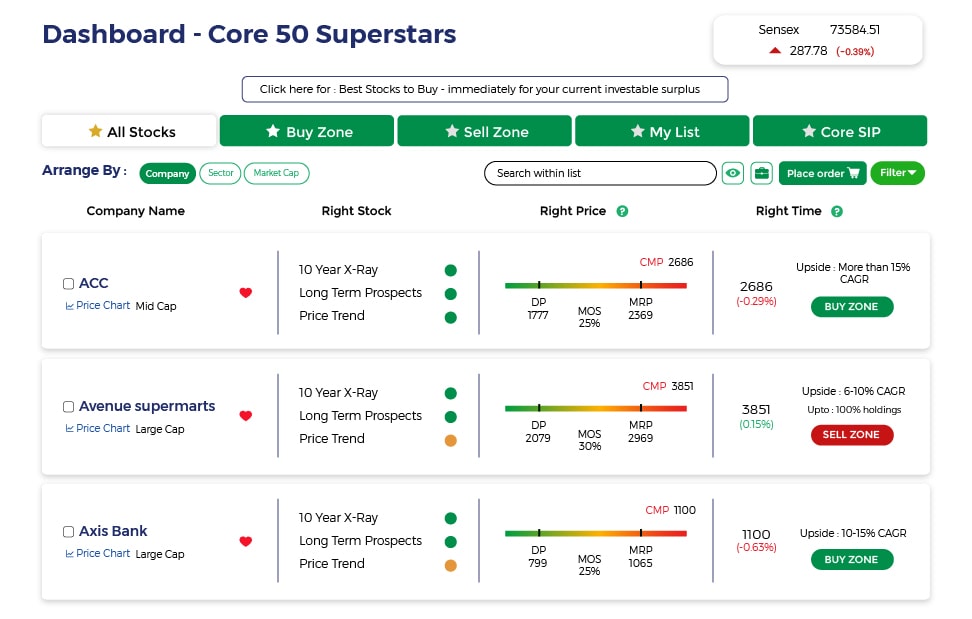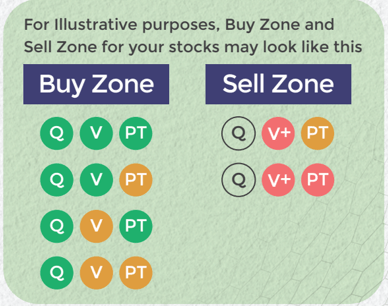Asset Allocation is the single most important skill of a successful investor
Simply put, Asset Allocation means dividing up your Investable Surplus among different types of investments (e.g. stocks, mutual funds, liquid fund, gold, long-term debt etc.) and in specific proportions according to your goals, risk profile, and stage of life. The trick is to allocate your Investable Surplus in a way that gives maximum returns with minimum risks. Asset Allocation also assures that you diversify, protecting your portfolio from sudden changes in the market.
Most of us manage investment in Equities, and the rest of our savings as two different portfolios. Some people put all their money in a Fixed Deposit or some Fixed Income Fund. So, like it or not, we all do Asset Allocation. But, we do it sub-optimally. We either leave too much on the table for others to make money from our saving, or take more risk than we should. When you look at your Investable Surplus as one portfolio, and allocate it to different Asset classes based on your needs and your risk profile, you can take better decisions.
Why do we need to allocate to Equity and Debt Asset classes?
Two reasons,
- Long-term goals fall into two buckets, Security and Growth. Many items in the Security Bucket are a must, and one cannot risk them not being met, when required. However, the market can be at any level when you need money. If the market is down then and, if you have to sell equity assets at a lower price, it will seriously impact your returns. Having both Equity and Debt allows you to manage this better, than when you have 100% Equity in your portfolio.
- Possibility of higher Draw-downs, even on paper. There is always noise in media that amplifies things, scaring the best of us. With a large portion in Equity, one runs the risk of higher Draw-downs. When that happens many of Retail Investors, can’t take the loss and exit the market. Even people with aggressive risk profile, wouldn’t be able to take this risk, if their total Investable Surplus is in Equity. Therefore, you need a mix of Equity and Debt. E.g. a 50-50% allocation to Equity & Debt, cushions a 20% fall in Equity by half to 10%, which may be easier to handle and stay invested.
You must do a risk profiling, and then do Asset Allocation—smartly!
Watch this video on Asset Allocation.
Do Smart Asset Allocation
You decide, ‘How much of your Investable Surplus is allocated to different Asset classes: Growth assets (i.e. Equity) and Debt (i.e. Fixed Income Assets) and gold’. This split is decided based on your Risk Profile i.e. your Ability and Willingness to take risk. This shows whether you have a Conservative, Moderate or Aggressive Risk Profile. And, the split between Equity and Debt for them is 40-60, to 50-50 to 60-40 respectively.
In Smart Asset Allocation, which is done in MoneyWorks4me Omega solution, we do the same; except this allocation is used when the market is hovering around it Fair value#. When the market moves well above its fair value and continues to rise, we reduce the allocation to Equity and move to Debt. Similarly, when it moves below its fair value, we increase allocation to Equity and reduce Debt.
However, we have a minimum allocation to Debt for all three different Risk Profiles (i.e. Conservative, Moderate or Aggressive), to ensure that you don’t have to liquidate Equity, if you require money.
(# How do we assess when the market is at its fair value?: We have been valuing stocks, the top 150-200 stocks for the last 10 years to estimate their fair or full value, what we call as MRP. We also have been computing the Nifty 50 and Sensex 30 index levels, if all the index stocks were at MRP, what we call Nifty@MRP and Sensex@MRP. We have been tracking the movement of these indices vis-à-vis the MRP levels, and assess when the market is over-valued or under-valued. Since, the fair values of stocks go up or down based on the long-term performance of the company, we have a moving line for the indices as well. So, it’s not a static number.)
Watch the video on Smart Asset Allocation.
Read the next article to know: ‘How do you reshuffle assets within an Asset class?’(Basics)

Already have an account? Log in
Want complete access
to this story?
Register Now For Free!
Also get more expert insights, QVPT ratings of 3500+ stocks, Stocks
Screener and much more on Registering.








 Download APP
Download APP




















Comment Your Thoughts: